
Dry eye diseases also known as dry eye syndrome, and keratoconjunctivitis sicca (KCS), are among the most common reasons for a visit to an eye doctor. The definition of dry eyes according to Tear Film and Ocular Surface Society Dry Eye Workshop dry eye is a multifactorial disease of the ocular surface characterized by a loss of homeostasis of the tear film and accompanied by ocular symptoms. Numerous potential etiologies may contribute to the development of DED and many cases may be multifactorial. These include local ocular factors and systemic diseases. Dry eye diseases have traditionally been classified into two categories aqueous deficient and evaporative. These two categories, however, are not mutually exclusive, and numerous patients have a combination of this mechanism of dry eye diseases.
Dry eyes, a prevalent ocular condition, result from a deficiency in tear composition. This disorder occurs when the eyes fail to maintain adequate lubrication, leading to discomfort, irritation, and potential damage to the cornea. Numerous factors contribute to the development of dry eyes, including aging, environmental conditions like dry air or wind, prolonged screen use, certain medications, and systemic health issues such as autoimmune diseases. Common symptoms encompass a gritty or sandy sensation, redness, blurred vision, and increased sensitivity to light. Diagnosing dry eyes involves a comprehensive eye examination, measuring tear production, and assessing tear quality.
Global Dry Eyes Disease Market – Competitive Insight
On July 3, 2023, Bausch & Lomb acquired Xiidra Boost’s dry eye portfolio at a favorable price. On December 7, 2022, China Pharma Holding acquired a dry eye disease therapeutic device project. On June 6, 2021, Artic Vision announced an exclusive licensing agreement with Olympic Ophthalmic for iTEAR®100 for the treatment of dry eye disease in Greater China, South Korea, and ASEAN countries.
Some of the Global Dry Eyes Disease Market Include –
Global Dry Eyes Disease Market – Growth Drivers
The global rise in the aging population contributes significantly to the growth of the dry eye market, as age-related factors can lead to diminished tear production and increased susceptibility to dry eye symptoms. The widespread use of digital devices, such as smartphones and computers, has escalated the incidence of digital eye strain, a major contributor to dry eyes. According to the National Center for Biotechnology Information (NCBI), the prevalence of digital eye strain was 45.5%. It was higher among females than in males. Prolonged screen time can result in reduced blink rates and disrupted tear film, fostering the demand for dry eye solutions. changes in environmental conditions, such as pollution and dry air, can exacerbate dry eye symptoms. Increasing urbanization and industrialization contribute to environmental stressors, propelling the demand for dry eye relief products. Greater awareness among individuals about the symptoms and consequences of dry eyes has led to an increased number of diagnoses. As awareness continues to rise, more individuals seek medical intervention, driving the demand for dry eye treatments and medications. Ongoing research and technological advancements in the field of ophthalmology have led to the development of innovative treatments and therapies for dry eyes. Advanced formulations of artificial tears and prescription medications offer more effective solutions, attracting a growing market. Diseases such as diabetes, rheumatoid arthritis, and thyroid disorders are often associated with dry eyes. The escalating global prevalence of these systemic conditions contributes to a higher incidence of dry eye cases, bolstering market growth.
Global Dry Eyes Disease Market – Restraints
The dry eyes market faces constraints due to the relatively limited number of effective treatment options available despite advancements, some patients may not respond adequately to existing therapies, leading to unmet medical needs. Prescription medication for treating severe dry eyes can be expensive, posing a financial barrier for some patients. The high cost of these medications may limit their accessibility, particularly in regions with lower socioeconomic status. The diagnosis of dry eyes can be challenging, as symptoms may overlap with other ocular conditions. Difficulty in accurately identifying and categorizing dry eye cases can hinder the development of targeted and effective treatments. Some medications used to manage dry eyes may have side effects that impact patient compliance. Adverse reactions, such as blurred vision or irritation, may deter individuals from adhering to prescribed treatment regimens. Despite growing awareness among the general population, healthcare professionals, including primary care physicians, may still lack sufficient awareness and knowledge about dry eyes. This can result in delayed diagnosis and appropriate management. Regulatory approval processes for dry eye treatments may vary across different regions, leading to inconsistencies in product availability. Delays in approvals can impede timely access to novel therapies for patients in need. Over-the-counter artificial tear solutions and eye drops, readily available without a prescription, pose competition to prescription medications. This can limit the market share and revenue potential for prescription-based dry eye treatments.
Global Dry Eyes Disease Market – Opportunities
The increasing global geriatric demographic presents a significant opportunity for the dry market, as age-related factors contribute to a higher prevalence of dry eye symptoms, creating a larger patient pool. Ongoing advancements in technology, such as the development of novel drug delivery systems and diagnostic tools, present opportunities for innovative solutions in the dry eyes market. Enhanced formulations and delivery methods can improve treatment efficacy and patient adherence. Growing awareness among consumers about eye health and the availability of effective dry eye treatments creates opportunities for market expansion. Increased knowledge encourages individuals to seek timely medical intervention, driving demand for dry eye products. The trend toward personalized medicine offers opportunities for tailored dry eye treatments based on individual patient characteristics. Personalized approaches can enhance treatment outcomes and differentiate products in the market.
Global Dry Eyes Disease Market – Geographical Insight
The market for dry eye disease is segmented into regions such as North America, Latin America, Europe, Asia-Pacific, the Middle East & Africa. North America is the largest market for dry eye diseases due to well-established healthcare infrastructure facilities and widespread diagnosis and treatment. Presence of key market players contributing to research and development in the region. In Europe, increasing awareness of eye health and the growing elderly population contribute to the prevalence of dry eyes. Advanced healthcare systems support timely diagnosis and treatment. Regulatory frameworks influence market dynamics and product approvals. Asia-Pacific rapid urbanization and lifestyle changes contribute to the rising incidence of dry eyes. A large population base, particularly in countries like China and India, provides a substantial market. Increasing healthcare expenditure and improving healthcare infrastructure enhance market growth prospects.
Global Dry Eyes Disease Market – Key Development
Research Methodology: Aspects
Market research is a crucial tool for organizations aiming to navigate the dynamic landscape of customer preferences, business trends, and competitive landscapes. At Cognizance Market Research, acknowledging the importance of robust research methodologies is vital to delivering actionable insights to our clientele. The significance of such methodologies lies in their capability to offer clarity in complexity, guiding strategic management with realistic evidence rather than speculation. Our clientele seek insights that excel superficial observations, reaching deep into the details of consumer behaviours, market dynamics, and evolving opportunities. These insights serve as the basis upon which businesses craft tailored approaches, optimize product offerings, and gain a competitive edge in an ever-growing marketplace.
The frequency of information updates is a cornerstone of our commitment to providing timely, relevant, and accurate insights. Cognizance Market Research adheres to a rigorous schedule of data collection, analysis, and distribution to ensure that our reports reflect the most current market realities. This proactive approach enables our clients to stay ahead of the curve, capitalize on emerging trends, and mitigate risks associated with outdated information.
Our research process is characterized by meticulous attention to detail and methodological rigor. It begins with a comprehensive understanding of client objectives, industry dynamics, and research scope. Leveraging a combination of primary and secondary research methodologies, we gather data from diverse sources including surveys, interviews, industry reports, and proprietary databases. Rigorous data analysis techniques are then employed to derive meaningful insights, identify patterns, and uncover actionable recommendations. Throughout the process, we remain vigilant in upholding the highest standards of data integrity, ensuring that our findings are robust, reliable, and actionable.
Key phases involved in in our research process are mentioned below:

Understanding Clients’ Objectives:
Extensive Discussions and Consultations:
Industry and Market Segment Analysis:
Target Audience Understanding:
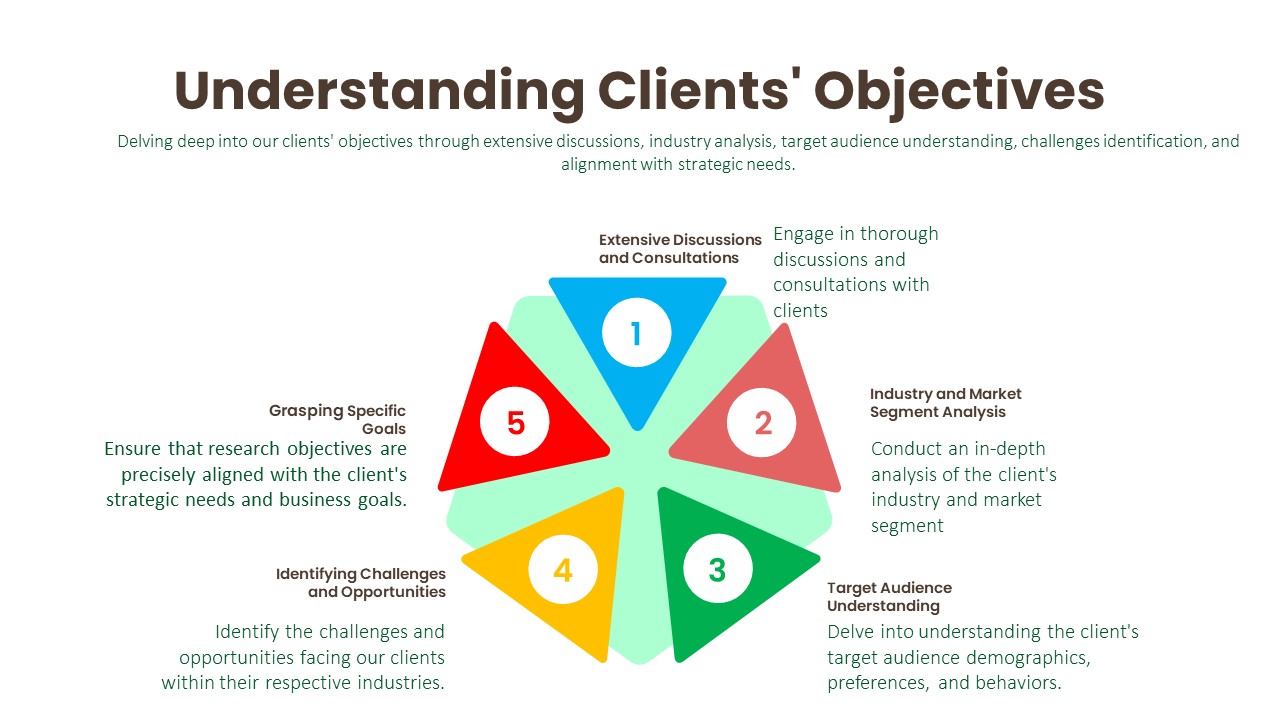
Identifying Challenges and Opportunities:
Grasping Specific Goals:
Data Collection:
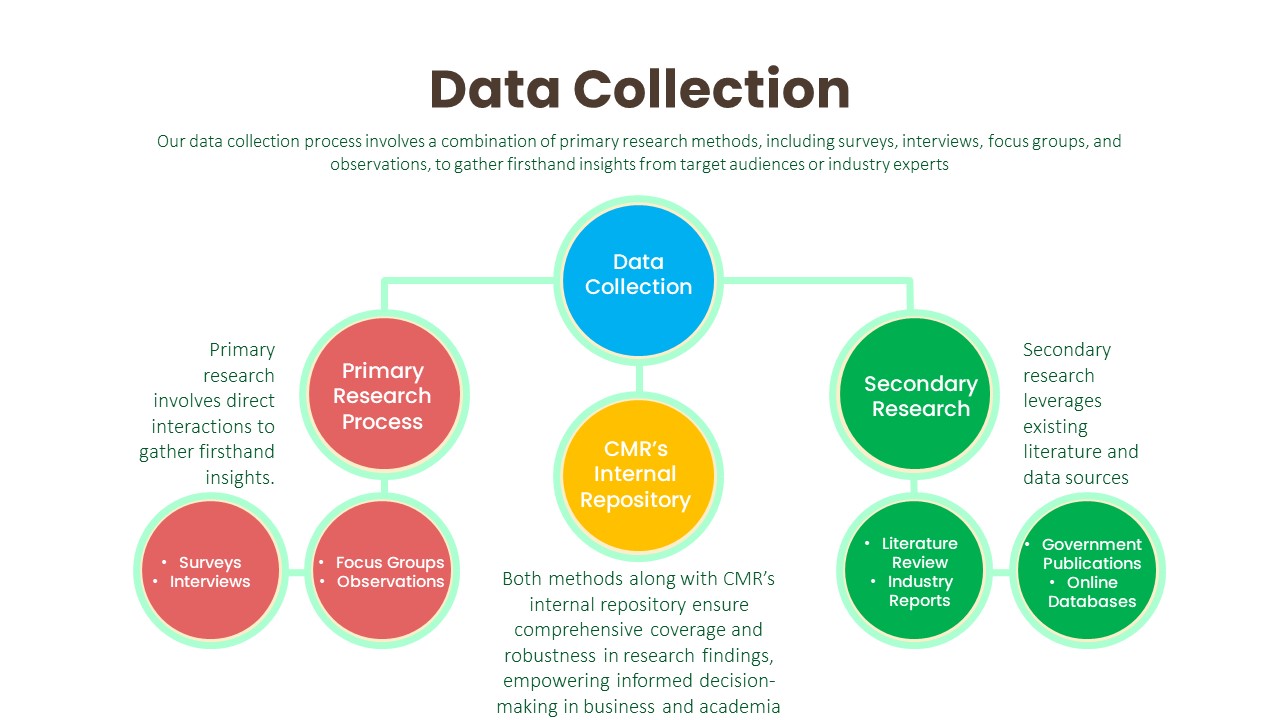
Primary Research Process:
Secondary Research Process:
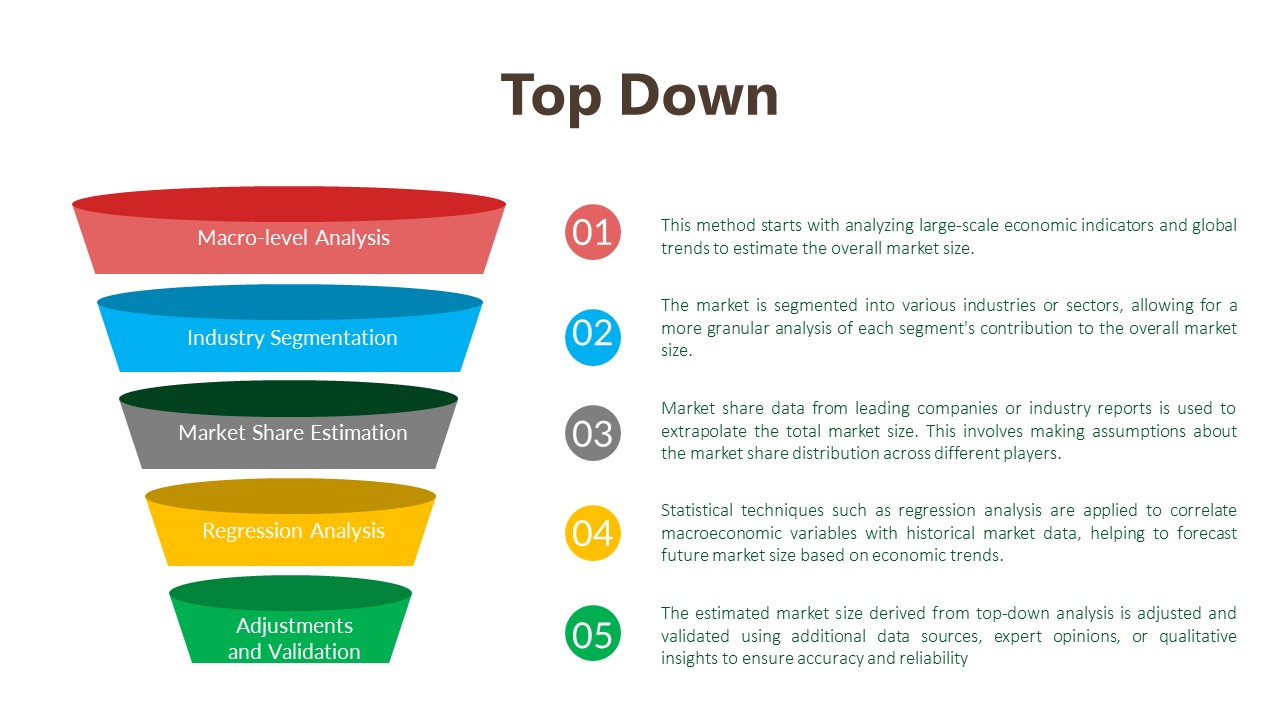
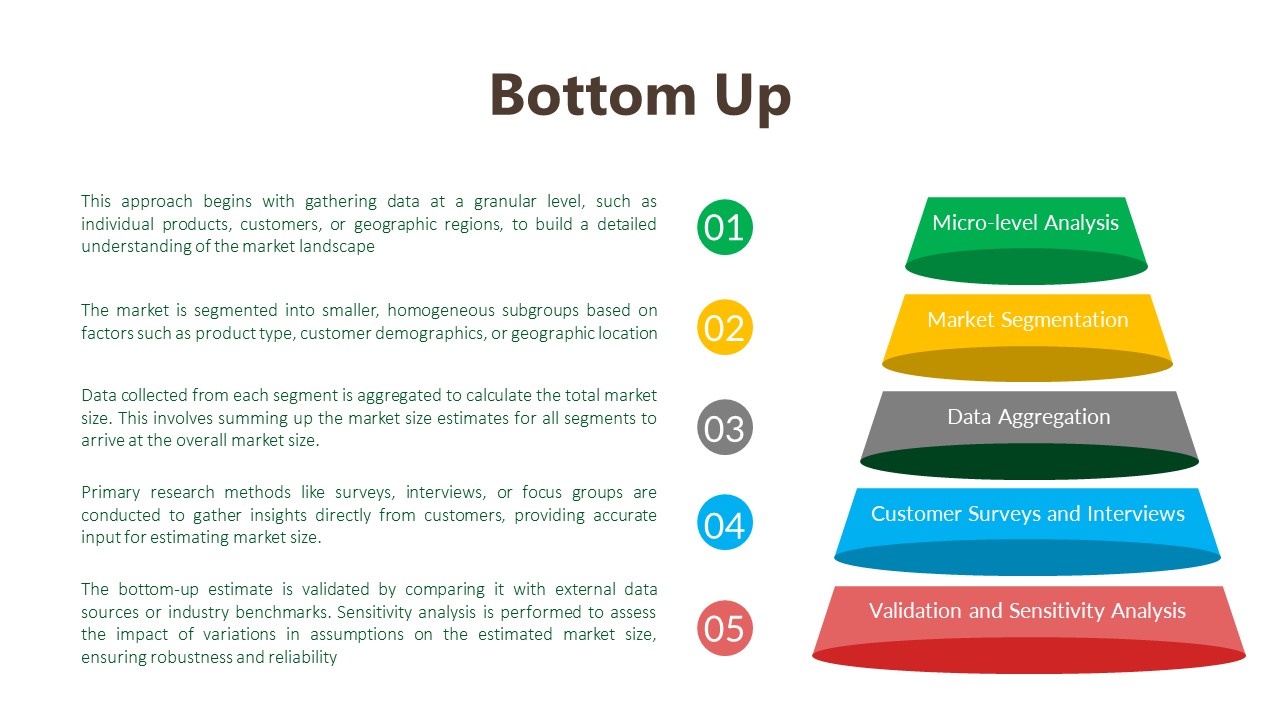
Data Analysis:
The data analysis phase serves as a critical juncture where raw data is transformed into actionable insights that inform strategic decision-making. Through the utilization of analytical methods such as statistical analysis and qualitative techniques like thematic coding, we uncover patterns, correlations, and trends within the data. By ensuring the integrity and validity of our findings, we strive to provide clients with accurate and reliable insights that accurately reflect the realities of the market landscape.

Transformation of Raw Data:
Utilization of Analytical Methods:
Statistical Analysis:
Qualitative Analysis Techniques:
Integrity and Validity Maintenance:
Data Validation:
The final phase of our research methodology is data validation, which is essential for ensuring the reliability and credibility of our findings. Validation involves scrutinizing the collected data to identify any inconsistencies, errors, or biases that may have crept in during the research process. We employ various validation techniques, including cross-referencing data from multiple sources, conducting validity checks on survey instruments, and seeking feedback from independent experts or peer reviewers. Additionally, we leverage internal quality assurance protocols to verify the accuracy and integrity of our analysis. By subjecting our findings to rigorous validation procedures, we instill confidence in our clients that the insights they receive are robust, reliable, and trustworthy.
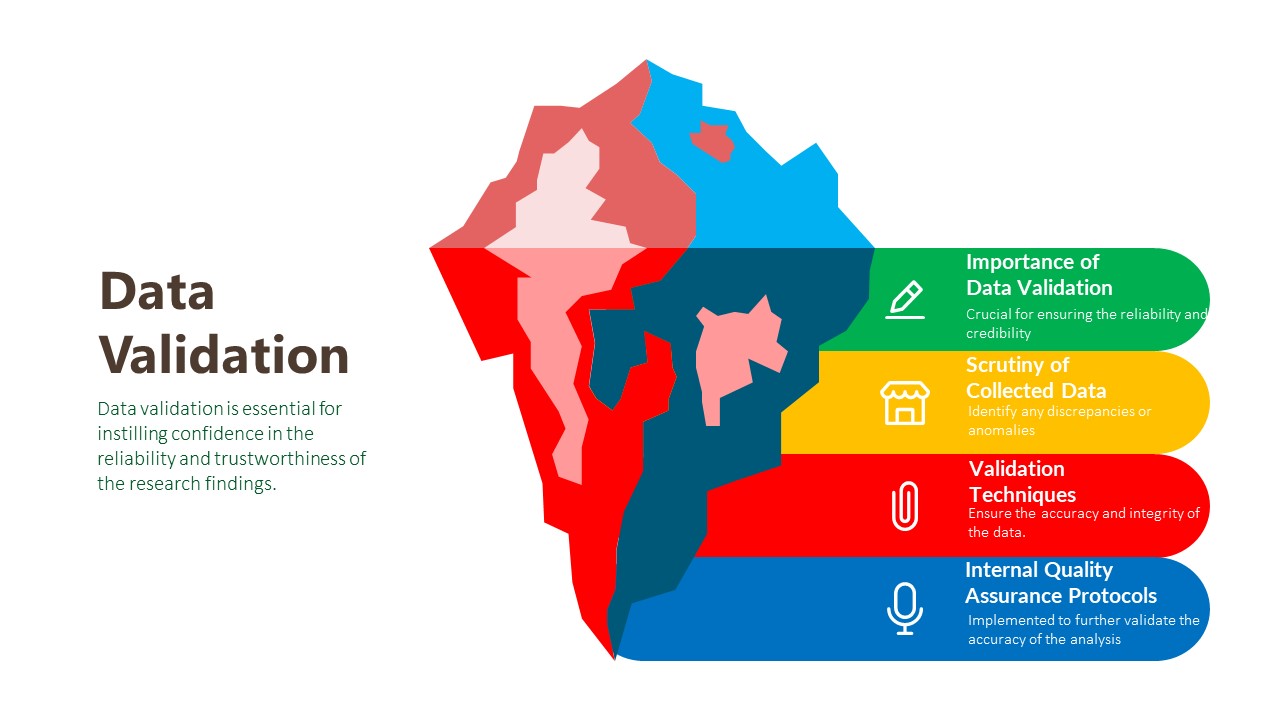
Importance of Data Validation:
Scrutiny of Collected Data:
Validation Techniques:
Internal Quality Assurance Protocols:
We can customize every report – free of charge – including purchasing stand-alone sections or country-level reports
We help clients to procure the report or sections of the report at their budgeted price. Kindly click on the below to avail

Cognizance market research is continuously guiding customers around the globe towards strategies for transformational growth. Today, businesses have to innovate more than ever before, not just to survive, but to succeed in the future

© 2023 All rights Reserved. Cognizance Market Research